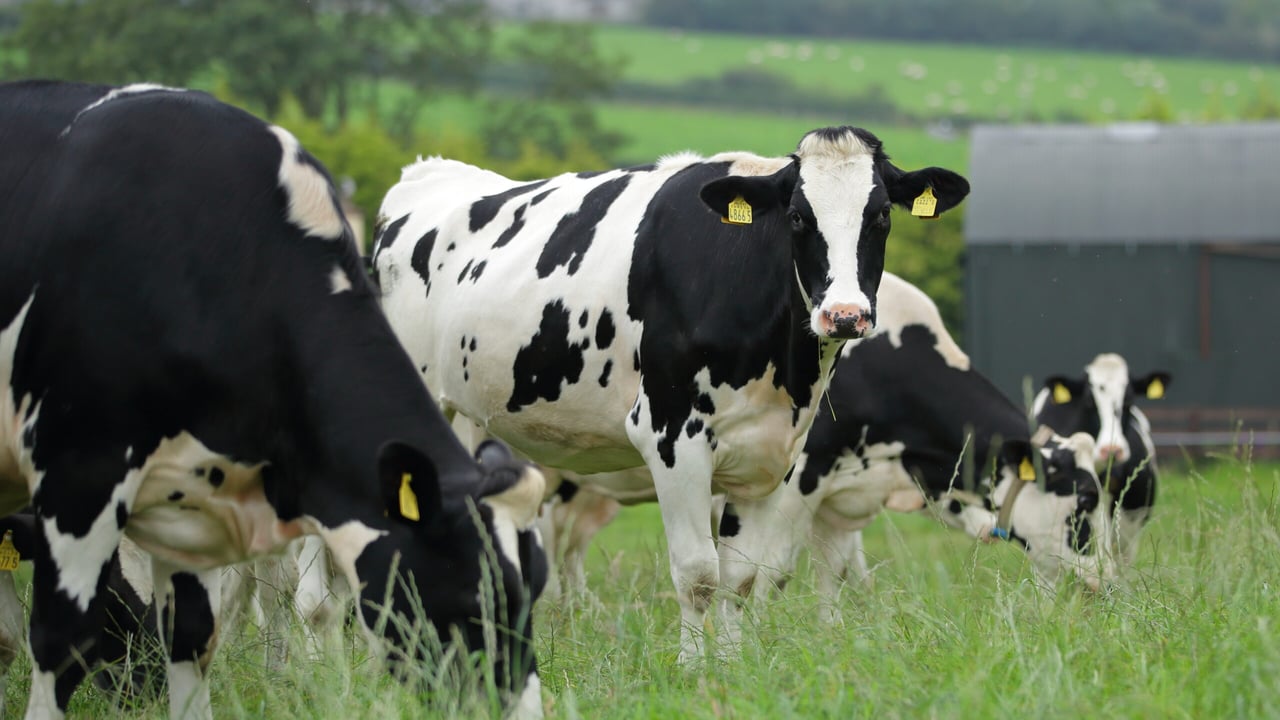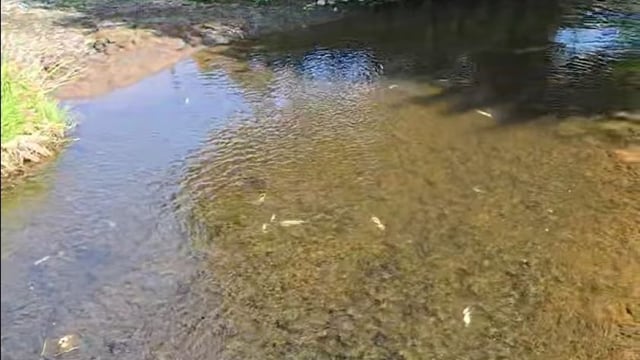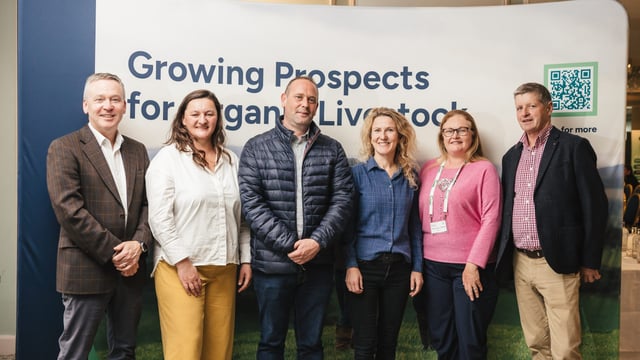Voluntary cow reduction measures remain part of 2024 climate plan
The government has approved the 2024 Climate Action Plan following the completion of a public consultation and strategic environmental assessment (SEA).
The updated plan, which will be the second statutory update to the national Climate Action Plan, includes, in a list of actions to be pursued in the agriculture sector, the mobilisation of voluntary reduction measures for livestock farmers recommended by the Food Vision Dairy Group and Food Visions Beef and Sheep Group.
This is despite no movements being made to develop any such measures since they were recommended by both groups, and Minister for Agriculture, Food and the Marine Charlie McConalogue effectively ruling out cow reduction measures or schemes in both the dairy and beef sectors.
Outside of the main updated Climate Action Plan, the government has also approved a supplementary Annex of Actions, which goes into greater details on measures that could be taken. For the 2024 update, this annex includes only "new, high-impact actions".
This annex does not mention cow reduction measures. Notwithstanding that, the actions contained in the Climate Action Plan (i.e. not in the Annex of Actions) are deemed to be the main roadmap for reducing emissions across each sector.
Within the plan, one of the measures for agriculture is "providing options to livestock farmers to voluntarily reduce livestock numbers and diversify land use". This is a measure that would be pursued across this year and 2025.
Explaining this measure in more detail, the plan says that the government will "mobilise the recommendations of the Food Vision sectoral groupings regarding voluntary reduction measures for livestock farmers and support land use diversification options such as anaerobic digestion, forestry and tillage".
Other measures for the agriculture sector to be pursued throughout 2024 and 2025 include "Changing how we fertilise our land". This measure will see the department "review maximum nitrates limits as set out in nitrates legislation by Q2 (quarter two) 2024".
According to the plan, this review would be "separate to reviewing conditions for [the] granting of derogation status".
This measure also requires funding the establishment of multispecies and clover swards; continued funding of low-emission slurry spreading (LESS) equipment; and supporting the production of legumes for their nitrogen-fixing properties.
The plan also includes a commitment to improve the efficiency of animals, by promoting improved animal breeding through focusing on low-methane traits; low-emission animal feeding (though the development of methane inhibitors); and continuing to develop technologies to reduce methane from stored manure.
Two other overarching actions are recommended for the agriculture sector for 2024 and 2025, including the expansion of the organic sector by providing financial support to farmers who convert; and expanding the biomethane industry, by introducing an obligation in the heat sector to incentivise the production of biomethane, and establishing a Biomethane Co-ordination Group.
The plan also outlines several measures to be taken in 2024 alone. These largely include actions that are part of the overarching 2024-2025 actions outlined above; actions already underway (such as the continued implementation of the current Common Agricultural Policy and knowledge transfer activities); or actions outlined in the Annex of Actions.
The measures included in the Annex of Action for the agriculture sector are grouped into three themes, namely: inputs and additives; husbandry practices; and diversification.
Under the husbandry practices theme, the annex suggests the development of a system for the monitoring and reporting of methane reducing feed and manure ingredients; and the development of a pilot programme for the incorporation of methane reducing additives (enteric and manure) within certain demonstration farms.





